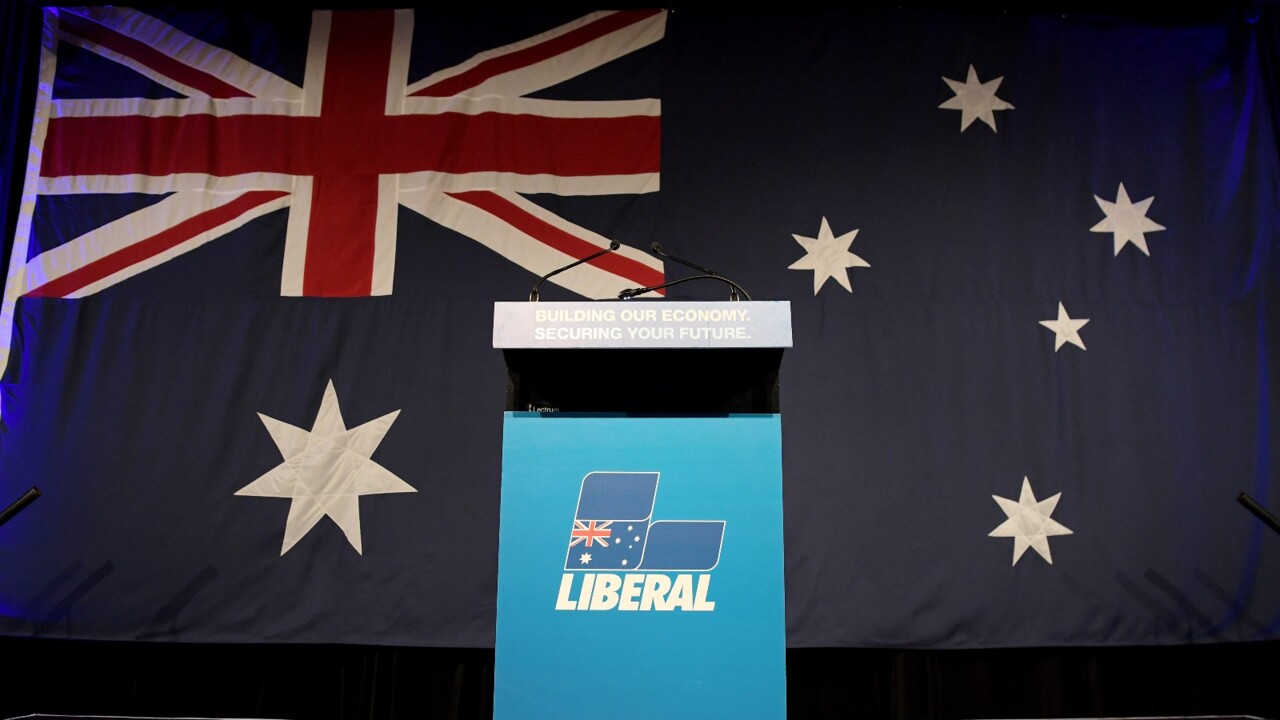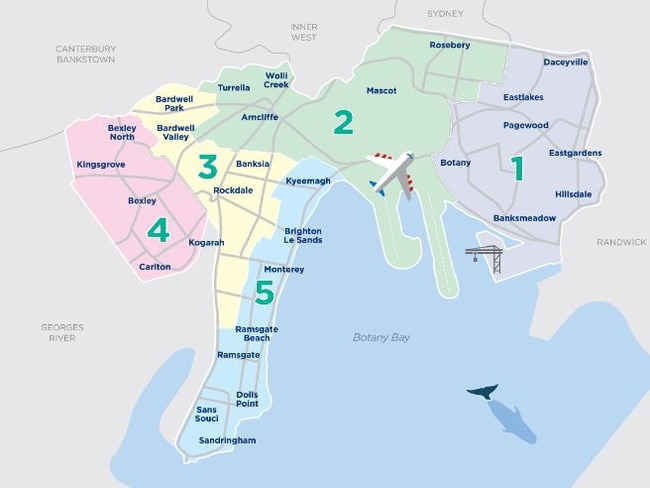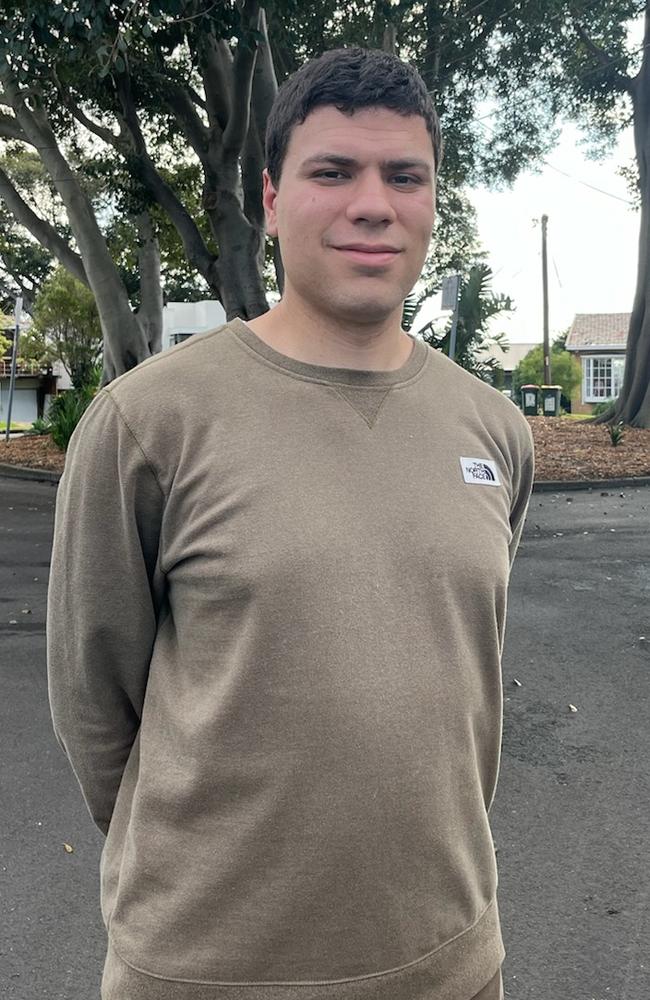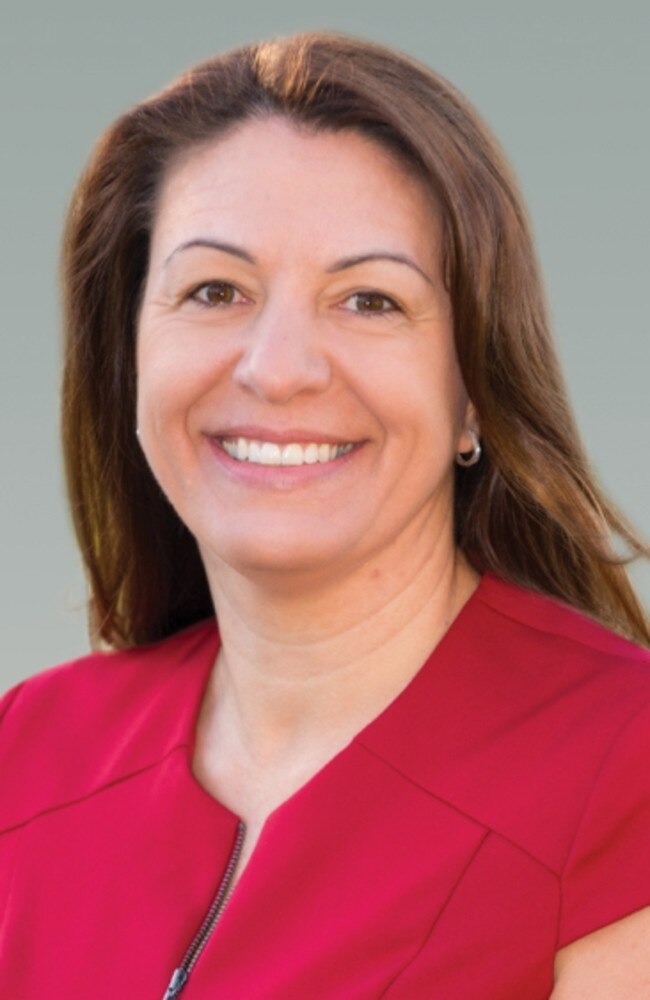Botany and Rockdale residents divided over Bayside Council de-amalgamation debate
A one-off $600 household bill is all it could take to demerge a southern Sydney council, according to a controversial survey released a week out from the election.

Southern Courier
Don't miss out on the headlines from Southern Courier. Followed categories will be added to My News.
The de-amalgamation debate has returned to a southern Sydney council, with claims a one-off $600 household bill could sort the divided communities of Botany Bay and Rockdale.
Renewed calls for the demerger come after Bayside Council hired a survey company to question 400 ratepayers about the issue weeks out from the local government election on September 14.
According to the survey, the NSW Government has stated it would cover $5m of the estimated $50m cost to de-amalgamate.
This would leave ratepayers with a $45 million bill to pick up if they wanted to proceed.
The survey asks if residents would support the de-amalgamation if they had to pay an additional one-off “$600 per household or business”.
The forced merger occurred back in 2016 when the then Liberal-led NSW Government laid out plans to reduce the state’s 152 councils to 112. Out the of planned 44 mergers, only 19 went ahead.
At the time, Botany Bay residents embarked on a vigorous campaign against the merger and maintain that since 2016, locals have been “ignored, disrespected and disregarded” compared to their Rockdale counterparts.

Despite the suggested hefty price tag to de-amalgamate, Pagewood local Adam Krslovic, 23, supports a demerger.
“The forced merger was an anti-democratic and unilateral decision,” Mr Krslovic said.
“I am a long term resident of Pagewood in the Botany area with my family having lived here since the 1960s. I have long been in favour of restoring the old City of Botany Bay council area, along with my family with all of us having opposed the merger when it was first announced back in 2016.

“The communities of Botany Bay and Rockdale share very little in common aside from the airport and General Holmes Drive in terms of shared history and culture. The economic impact of the merger has been strongly felt with a disproportionate rate increase being imposed during the pandemic and an ever dwindling quality of service.”
Activist group Bring Back Botany Bay spokesman Geoff Nilon, said that since the merger, “our community has been ignored, disrespected and disregarded by this (Bayside) council”.
“The simple truth is that as long as this undemocratic gerrymander is in place, our people will never get a fair go,” Mr Nilon said.
One 65-year-old Eastlakes resident, who wished to remain anonymous, said life had become worse under the merger.
“The rates have gone up since the councils merged. The streets are dirty and I don’t like it when they spend a lot of money and they don’t consult us,” she said.
Botany resident and Labor candidate for Ward 1, Christina Curry, disagreed with how the survey’s questions were set out.
“The way the survey has been written is extremely biased and the currently predicted $50 million cost is not entirely accurate,” she said.

“We don’t believe the current information is accurate, and the claim that people would have to pay $600 is misleading.”
While some residents support the idea of de-amalgamating, others are against it including Rockdale resident June D’Cruze, 65.
“They’d (Bayside) be better using that money ($50 million) to do things for the local area rather than waste the money demerging,” Ms D’Cruze said.
“Cause (sic) in a few years time they might want to merge again and it’ll cost another $50 million.”
Another Rockdale resident, who didn’t wish to be named, said “the footpaths are better”.
“I don’t trip over as much since the councils merged, they’re fixing them up which is good,” she said.
A Bayside Council spokesperson said the “community consultation will allow council to determine whether the community is in favour of beginning the legal process to de-amalgamate, of which the first step would be a Business Case”.
“A business case includes financial implications, as well as service delivery capacity, community consultation results and long-term strategic plans to submit to the Minister for Local Government for consideration,” the spokesperson said.
“The results of the independent survey will be presented to council, who will then decide whether to proceed with the legal de-amalgamation process.
“It is essential for the council to listen to and engage with the community.”




